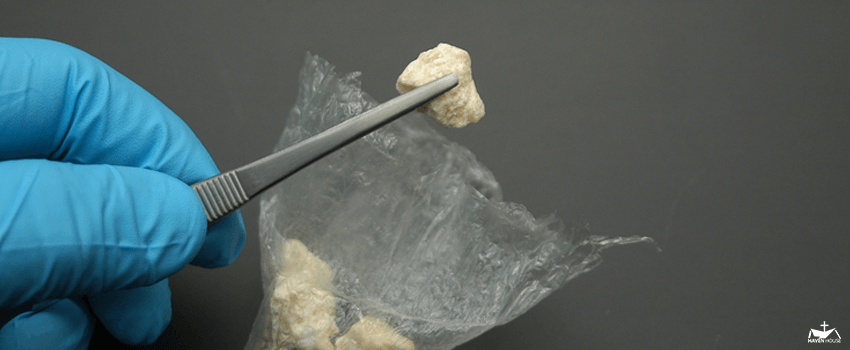
Table of Contents
Of the 4.2 million Americans who have ever tried crack, about 600,000 are currently addicted.
Some experts call it the most addictive drug; and some users say they were addicted the moment they first put a pipe to their lips.
When smoked, crack reaches the brain within seconds, producing instant effects which last eight to fifteen minutes.
Serious respiratory problems are often seen in crack users, including lung damage, chest congestion, wheezing, spitting up black phlegm, extreme hoarseness, and burning of the lips, tongue and throat.
Physical side effects of crack include body burn-out and malnutrition and possible liver damage. The drug depletes levels of dopamine, a neurotransmitter involved in regulation of mood, attention, and motivation.
Intense cravings are a main feature of addiction. In fact, most hooked users will keep right on using until they run out of money or run out of the drug.
Chronic use can trigger a full-blown psychosis, with the same symptoms as paranoid schizophrenia.
In the early 80’s the use of freebase cocaine became popular among those searching for the “highest” high.
Crack is sold in small plastic vials in the form of small white, gray or beige rough chunks that can be smoked in a marijuana or tobacco cigarette, or in a pipe stem often made of glass.
Newsletter Signup
Discipleship Training
“The teaching of the wise is a Fountain of Life, turning a person from the snares of death.”
Proverbs 13:14 NIV


